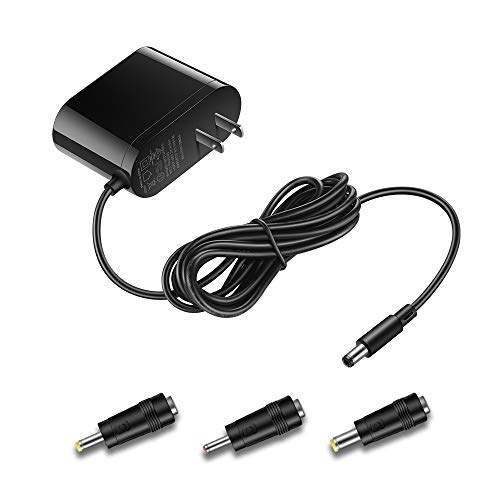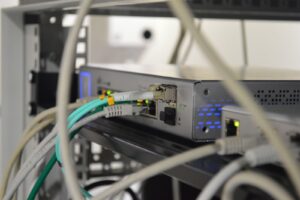Internet usage is a significant aspect of personal and commercial settings in the contemporary digital realm. Every computer, cellphone, and printer should link with one another, preferably wirelessly.
Here comes the role of WiFi antennas. Antennas are essential components of wireless local area networks (WLAN). They help transmit wireless signals for surfing the web, watching films, and working remotely from your home.
Furthermore, they influence the signal intensity and range; hence selecting the correct antenna is crucial for boosting your signal and building a long-range wireless connection.
What Exactly is A WiFi Antenna?
The antenna is a piece of equipment that converts electrical impulses to electromagnetic signals or vice versa.
- Compatible with major cable internet providers including Xfinity, Spectrum, Cox and more. NOT compatible...
- [Compatibility] 12V Power Supply Adapter Compatible with Netgear, Linksys, Asus,Motorola, Motorola/Arris...
The electrical signal from the transmission circuit is transformed into EM waves and released into the surroundings to be converted for further processing.
On the other hand, a receiver antenna captures and converts electromagnetic waves to electrical impulses for further computation in the devices which receive them. The size of the antenna’s components is determined by the frequency of the electromagnetic waves being broadcasted by it.
The size of the antenna components will change according to the wavelength and frequency of the broadcast signal.
Different Types of WiFi Antenna
Based on their specification, WiFi Antennas can be segregated into:
- Omnidirectional WiFi Antennas
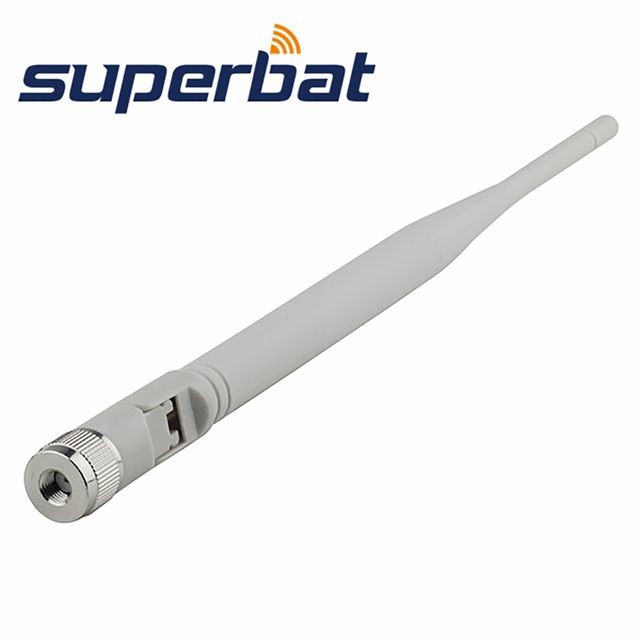
Specific radio antennas operate by transmitting and receiving signals from all directions.
These omnidirectional transmitters are frequently seen on WiFi hotspots and portable devices, as they enable connectivity from all angles.
Factory-installed WiFi equipment frequently uses basic quad antennas of the rubber duck form. This design has a spiral form enclosed in a rubber or plastic jacket covering the antenna, similar to walkie-talkie radios.
Omnidirectional WiFi antennas provide excellent coverage in multipoint setups. They can be positioned in the middle of a cluster of user devices, giving central connectivity options to all adjacent users. These are ideal for offices and homes since their comprehensive coverage enables clients to move about freely without losing service.
While omnidirectional antennas are generally not used outdoors, they can be installed on a building to connect with nearby buildings because of their high gaining ability.
These have a gain of between 3 and 10 dBi.
- Semidirectional WiFi Antennas
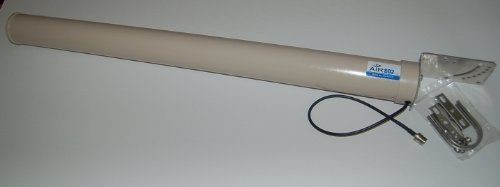
Semi-directional antennas are used in the point-to-point transmission to guide the RF signal in a specific direction. These are used for interior and outside communication across short and medium distances.
Consider the semi-directional antenna as a streetlight beaming down on the road. They are frequently used in campus-like situations because they may be networking links between two facilities. A semi-directional transmitter is advantageous in a place with significant obstructions such as retail locations, factories, schools, or hospitals.
Panel and Yagi are the two primary types of semi-directional transmitters. Panel antennas are often employed inside to emit into the forward area.
It is mounted on a wall and directed down a hallway or between columns of shelves. Because the antenna’s horizontal bandwidth is less than 180 degrees, it provides adequate coverage with minimum bleed through.
A Yagi antenna is a directional antenna consisting of a driving element, such as a dipole or folding dipole. It has a single radiation path and is most frequently employed in point-to-point transmissions.
One can use a Yagi antenna for communication between the two places within a radius of 3 to 5 miles. It can also function as a bridging antenna to connect users to an entry point.
This type of antenna is often referred to as a Yagi-Uda or patch antenna
- Monodirectional WiFi Antennas
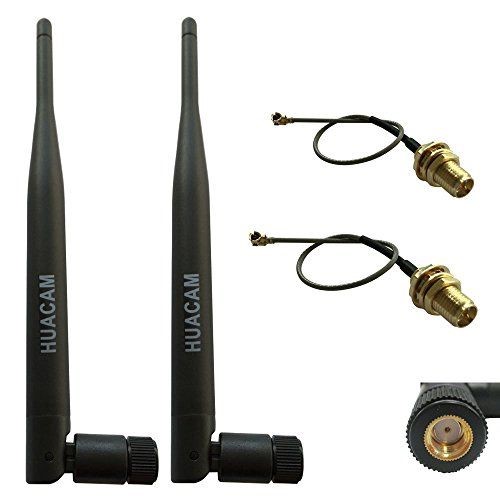
Monodirectional antennas are typically used for long-distance point-to-point communication. Due to their high gain, they connect networks across two buildings located far apart.
Parabolic (Dish) and Grid are the two primary highly directional antennas. Dish antennas resemble the television dish antennas seen in homes but are much more prominent in size. Rather than a street light that shines downward, it is more akin to a spotlight that shines in a specified direction.
Grid antennas can also vary in size, but they appear like a grill. They are intended for outdoor locations with more significant winds.
The Sector antenna is a third form of mono-directional antenna. They are made up of a set of mono-directional antennas that are stacked back-to-back to achieve omnidirectional reception. Each antenna in the array offers coverage in the form of a pie.
Each of them has a unique set of benefits and drawbacks. The omnidirectional antenna is ideal for broad coverage. It is significantly more cost-effective at a central location because of the wide range it provides.
Directional antennas are suitable for delivering the signal to a specific place, regardless of how close or far away it is. Knowing about the different WiFi antennas will be beneficial when developing and creating a wireless connection.
How Does A WiFi Antenna Function?
As previously stated, WiFi devices interact with one another using radio waves.
As with all signals, radio waves are quantified in frequency – the data transmission and collection rate within a specific time, often in Hertz (Hz) per minute.
WiFi antennas carry data at various frequencies, based on the WiFi technology used: 915 MHz, 2.4 GHz, 3.8 GHz, 5 GHz, 5.9 GHz, and up to 60 GHz. The most often used WiFi frequencies are 2.4GHz and 5GHz, corresponding to wavelengths of 12.5cm and 6cm, respectively.
Due to the longer wavelength, WiFi antennas operating at lower frequencies may penetrate barriers such as walls and floors more efficiently, allowing them to broadcast information further.
The sole disadvantage is that data is sent at a slower rate. In comparison, shorter wavelengths move significantly quicker, allowing for high-speed data transfer.
On the other hand, shorter waves have difficulty penetrating physical barriers, reducing the signal’s range. Each WiFi antenna is uniquely designed to fit the frequency and wavelength of the sent signal.
Thus, you cannot use a 2.4GHz WiFi antenna instead of a 5GHz antenna and vice versa.
Additionally, several WiFi antennas are constructed to operate on both frequencies (known as dual-bands). They can function on a fixed wavelength or simultaneously depending on the antenna.
How Do You Define Polarization in WiFi?
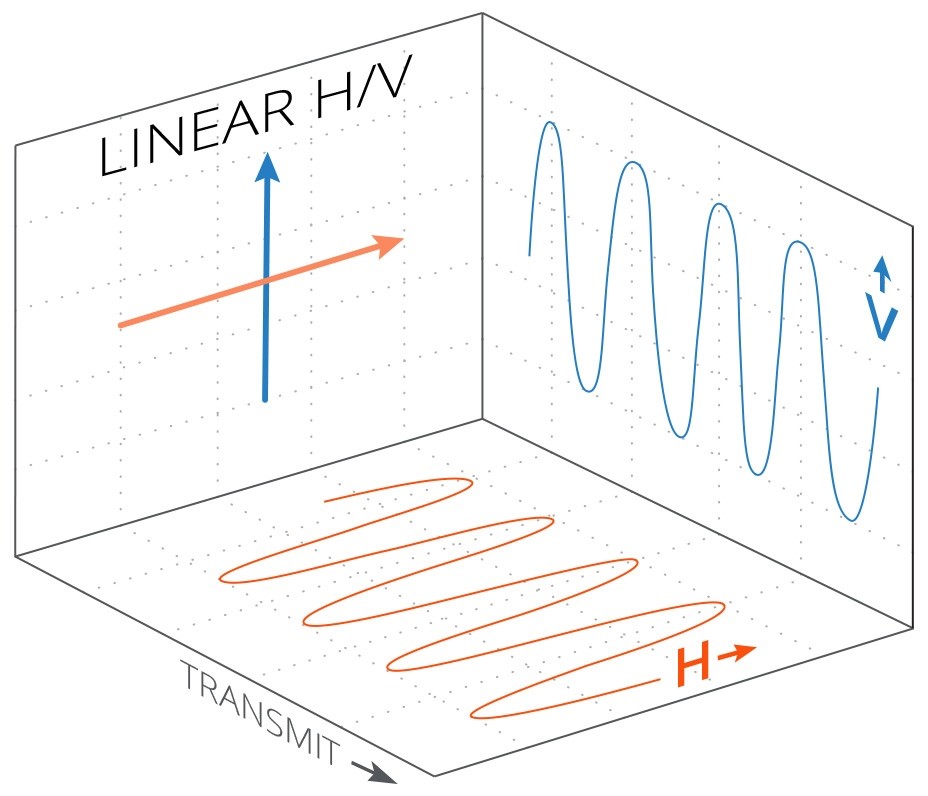
Polarization refers to the alignment of the WiFi signal concerning the ground.
EM waves are polarised in three ways: straight, round, or oval. In WiFi transmission, the most often used polarization technique is linear. Vertical and horizontal polarisation are two types of linear polarisation.
Polarization must match across antennas for the most transparent signal achievable. Suppose the polarization of the radio wave does not match that of the WiFi antennas. In that case, the signal will take a hit.
Specific WiFi antennas feature dual polarity to handle increased traffic. These antennas can simultaneously transmit and receive lateral and vertical radio waves. In other words, the construction of the WiFi antennas will determine their polarisation level.
The Role of “Gain” in WiFi Antennas

Youtube: https://www.youtube.com/watch?v=jTyG1pQoH0A
A gain is a unit of measurement used to describe an antenna’s power and capacity to guide electromagnetic radiation in a given direction. It is expressed in decibels (dB).
The anisotropic antenna has a gain of 0 dBi. It transmits and receives the same amount of signal in all directions.
Antennas with more outstanding dBi ratings may be superior since they are more powerful and transmit further. It is worth noting that as the dBi of the antenna grows, the range increases, but the coverage area decreases.
Consider an isotropic transmitter as an asymmetrical playdoh sphere. When you push down (add gain) on the ball, the sides expand, and it gets flattened as you apply more pressure.
When the “gain” on the ball is increased, the bandwidth changes from spherical to flat. As a result, electromagnetic waves may travel far further but cover a smaller space.
Things to Note When Installing An Outdoor WiFi Antenna
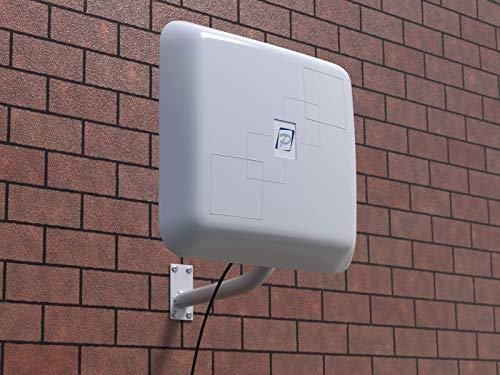
Radio waves can easily be attenuated or obstructed by several objects. The antennas must be appropriately positioned to provide the best signal feasible over more considerable distances.
- Have A Clear Line of Sight
Outdoor antennas perform well when surrounding buildings and foliage do not obstruct their output.
When building long-range, point-to-point, or point-to-multipoint antennas, ensure that their line of sight is unobstructed.
If removing the impediments is not practicable, you may always raise the antennas to broadcast the signal over the obstacles.
- The Alignment of the Antenna
You must adequately align the antennas to attain a long-range network successfully.
For instance, a point-to-point infrastructure requires each building to have a directional antenna.
Suppose the antennas face the same direction, but one is higher than another. The communication line between the two towers will become non-existent.
- Choosing the Correct Position for the Antenna
Orienting or positioning the antenna according to its type is a necessity.
As previously stated, most WiFi antennas are vertically polarised, which means that you must vertically align the outdoor antennas to form a good network.
Suppose a directional antenna is oriented horizontally and the base antenna is oriented vertically. In that case, the transmitters will be unable to interact with one another.
- Determining the Amount of Gain
If your objective is to send a signal over a long distance, you will want greater gain transmitters. On the other side, if you’re looking to boost signal in your backyard, a high-gain antenna isn’t necessarily the best option.
An external high gain antenna may extend the signal too far, resulting in a more robust signal further away and a lower signal within your garden.
- Choosing the Length of the Cable
Lengthier cables can result in signal loss. Use the shortest line you find to conserve as much signal as possible. If a longer wire is necessary, avoid looping or tangling it around things.
Things to Note When Installing WiFi Antenna Indoors
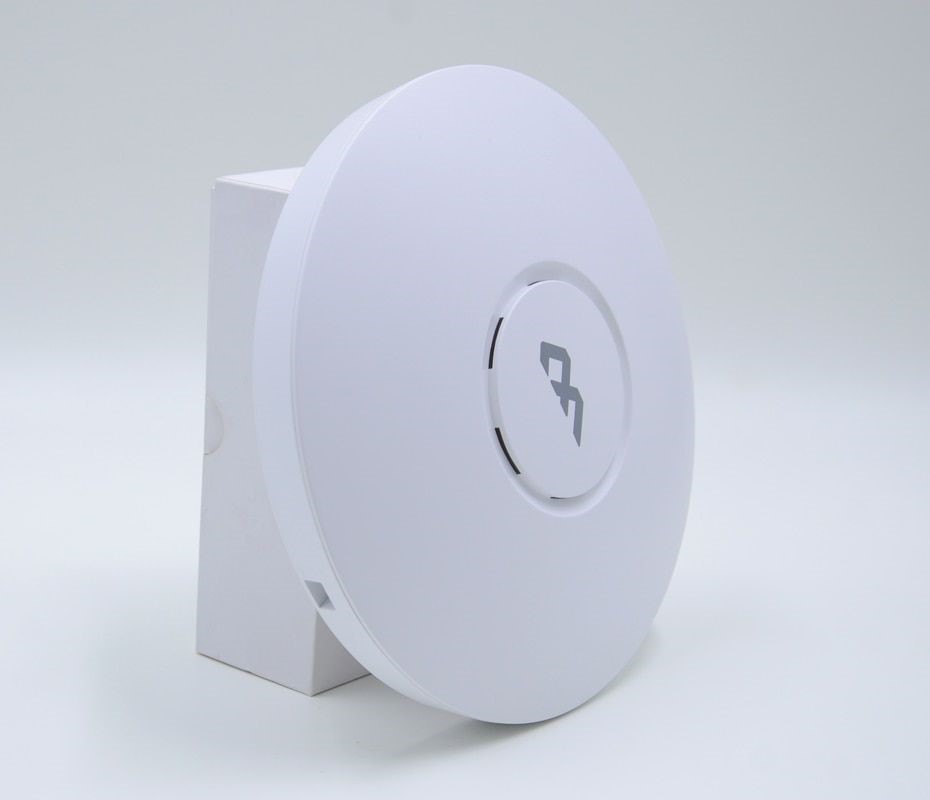
The antennas must be placed optimally to minimize interference, maximize signal strength, and extend the broadcast range.
Indoor antennas function optimally when their transmission is not obstructed by buildings, metals, gates, flooring, or furnishings. Preferably, the antennas should be located in a central area free of obstructions.
Additionally, the router’s omnidirectional antennas might affect the signal strength. According to an expert, the signal strength is not maximized if the router’s antennas are straight.
If one of the antennas is vertical and the other horizontal, you will experience faster speeds and range. This setting enables the router to interact appropriately with both sorts of linear polarities.
To sum up, these are the things which should be kept in mind when installing WiFi antennas :
- Typically, more giant antennas perform better than smaller ones.
- You cannot obtain gain/direction from a tiny surface area.
- Recognize and comprehend the patterns of your antenna’s emission. Aimed antennas acquire an increase in the direction of users.
- Allow end-users to see the antennas; do not conceal them above the ceiling grid.
- Avoid placing anything conductive close to antennas. Allow at least three feet of space, ideally more.
- Utilize high-quality external antennas, as integrated antennas are frequently degraded throughout the design. However, certain outliers exist.
- Simple dipole antennas or spider-like APs with four to six legs are rarely an appropriate pick.
- If you utilize omnidirectional antennas, seek those with a downward slant that effectively suppress upward transmissions. For instance, maximum antenna gain does not flow directly sideways but rather somewhat downward.
- In areas with high ceilings, employ patch antennas with a reasonably high strength (6-9 dB) oriented downward.
- Utilize antennas that support all of an access point’s MIMO inputs/outputs.
- Frequently, single-frequency antenna elements outperform dual-tuned components.
- Always utilize a diversity antenna at the AP when accessible and supported. Bear in mind that you must enable it via the radio setup settings.
- Allow an extra 5 dB for hand/head attenuation when using VoIP terminals.
- Remember to adjust the antenna’s output power following the antenna gain.
- Place APs with down-tilted antennas horizontally against a wall, not vertically.
Conclusion
To summarise, this article discusses how antennas function and why their lengths vary.
The WiFi equipment, transmitter, and antenna placement significantly impact signal strength. Aligning the antenna optimally to maximize the usage of the beam width is also critical.
Corporate WiFi networks should be developed and tested by a professional, as there are several factors to consider.


